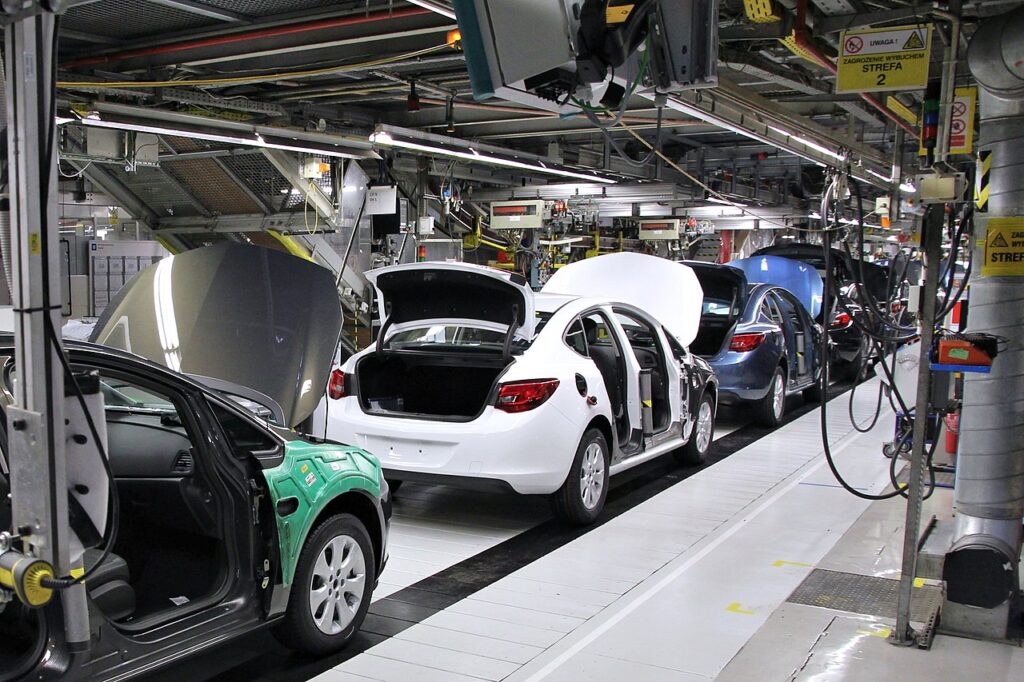
Water scarcity is a growing concern for many industries worldwide, and the automobile sector in India is no exception. This industry, which relies heavily on water for manufacturing processes, faces significant water storage challenges due to limited resources, growing demand, and climate-related uncertainties. Addressing these challenges is essential for sustainability, resource management, and the long-term growth of India’s automobile industry. Here’s an overview of the key water storage challenges and potential solutions that can help the industry overcome these obstacles.
Challenges in Water Storage for India’s Automobile Industry:
1. High Water Demand in Manufacturing Processes
Automobile manufacturing, especially in areas like engine and body fabrication, requires significant volumes of water. This includes water-intensive processes such as painting, cooling, and cleaning. As the industry grows, water demand increases, straining the already scarce resources. In areas where water scarcity is prevalent, securing a consistent and sufficient water supply becomes increasingly challenging. Proper storage systems are crucial to meet fluctuating water needs, yet the lack of adequate storage facilities compounds the issue.
2. Inadequate Infrastructure and Storage Facilities
Many manufacturing plants lack efficient water storage infrastructure, leading to substantial water losses. Traditional storage facilities often fail to meet the large-scale water requirements of the automobile industry, resulting in inefficient water use and high operational costs. Additionally, outdated storage systems may not be optimized for capturing rainwater or storing treated wastewater, reducing their effectiveness in offsetting water demand from natural sources.
3. Seasonal Variability and Climate Change Impacts
India’s seasonal and often erratic monsoon cycles affect water availability and storage capabilities, especially in arid regions. Monsoon dependency means that water supply can be unpredictable, complicating efforts to maintain adequate storage levels year-round. Climate change intensifies this issue by contributing to irregular rainfall patterns, reducing groundwater recharge, and causing prolonged droughts. These factors collectively hinder reliable water storage solutions for industries dependent on stable supplies.
4. Regulatory Constraints and Rising Costs
India’s water management regulations have become stricter to address environmental concerns, limiting how industries can source and store water. Additionally, the rising cost of water due to scarcity and regulatory constraints makes water storage a financial burden for many manufacturing plants. Companies must now balance operational needs with compliance, often without enough storage options to accommodate fluctuating demands.
Conclusion
Water storage challenges pose a serious threat to the growth and sustainability of India’s automobile industry. However, by adopting rainwater harvesting, improving recycling practices, optimizing infrastructure, and collaborating with stakeholders, the industry can build resilient storage systems that ensure reliable access to water. As these solutions are implemented, India’s automobile industry can significantly reduce its water footprint, demonstrating a commitment to sustainability and environmental responsibility.


